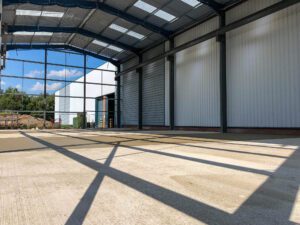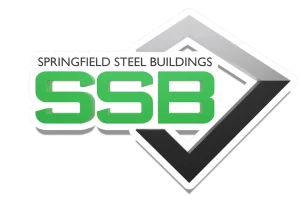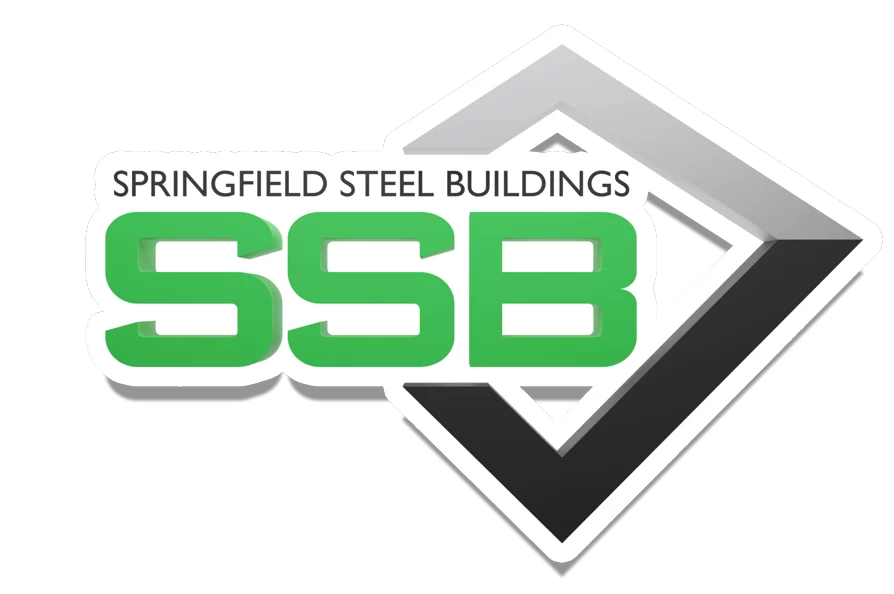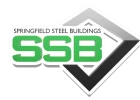Hot Rolled steel, how is it made?
Hot rolled steel is created through a process of heating up steel above its recrystallisation threshold (around 1700˚F or 925˚C) which refines the grain structure to make it more uniform,, which in turn results in a stronger material. Heating up to such high temperatures reduces the internal stresses of the steel making it very malleable and easy to shape. This allows it to be used in a rolling process where it is pushed into a rolling mill, through two or more cylindrical rollers that are rotating in opposite directions to compress, thin and elongate the steel piece to its desired thickness. More complex shapes can be created using specifically shaped rollers at this high temperature such as U beams and I beams
To complete the final shape, the desired component can be cooled in different ways, here are the most common:
- Air Cooling (Natural Cooling): Steel can be cooled in the cheapest way by letting it cool on its own in ambient air, as it will slowly cool to a safe temperature. This can take different lengths of time depending on the steels thickness and the temperature around the steel.
- Water Quenching: Steel can be dipped into a bath or sprayed with water, which is a much quicker way to cool steel from such a high temperature. This can be beneficial as the rapid cooling can further increase the hardness of the steel.
- Oil Quenching: This is used very similarly to water quenching, but the use of oil means that the speed of the quenching can be controlled, to gain specific hardness properties of the steel. As a result, using oil can be more expensive.
If the desired steel component cannot be formed when they are hot, cooled pieces can be welded together, which is much more practical for larger pieces used in very large columns, such as in bridges for example. With hot rolled steel, this opens up the opportunity for cold rolling.

How is rolled steel used in a steel frame?
With hot rolled columns and rafters etc, the structure of a building is able to cover a larger span per bay than cold rolled steel components without bearing much stress, because they are much thicker. This makes hot rolled steel superior for large structures, especially within the steel building industry. Cost can vary between the types of steel as it is very volatile, which can result in hot formed steel being more or less expensive than its counterpart, changing frequently throughout the year. At Springfield Steel Buildings, we aim to provide the most economical and effective frame within our buildings, this means we will use whichever steel is most practical at the time of construction, which could result in a mix of hot and cold rolled steel within one building, showing that both steel’s have their own benefits.



